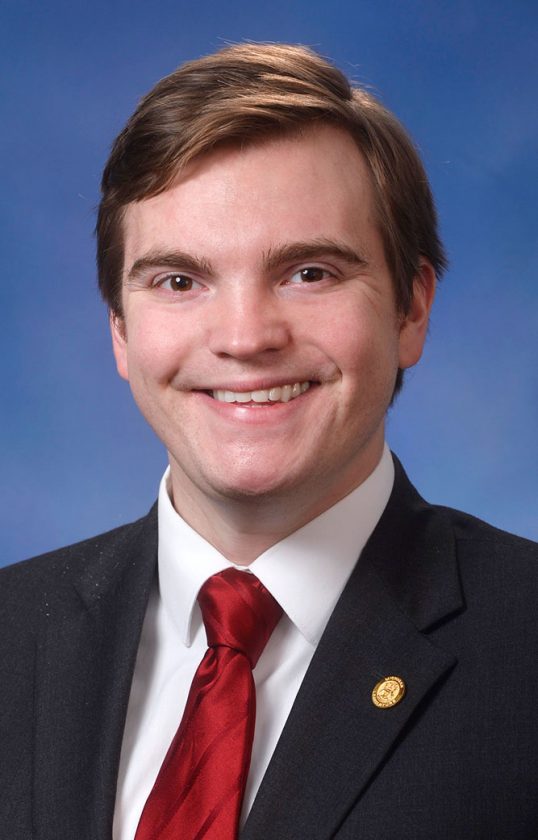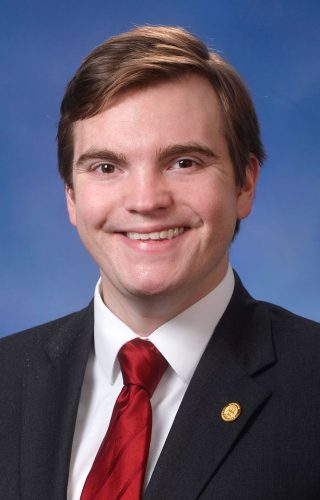
BEAU LAFAVE
LANSING — State Rep. Beau LaFave, R-Iron Mountain, says Gov. Gretchen Whitmer’s decision to distribute a portion of the state’s COVID-19 relief funding only to some school districts will shortchange students and teachers in many parts of the Upper Peninsula.
The governor has announced a plan to distribute nearly $65 million in federal CARES Act funding to Michigan schools through the Governor’s Education Emergency Relief Fund. GEER funds are meant for districts that are determined to be most significantly impacted by COVID-19, Whitmer said.
To ensure these districts are targeted, the framework distributes $60 million to school districts based on the number of students in high-need student groups. Districts will receive funding based on their numbers of economically disadvantaged students, special education students, and English language learners.
To be eligible for funding, the school district’s concentration of economically disadvantaged pupils, compared to total district enrollment, must exceed 50%.
LaFave claims the governor’s model helps large urban areas more than the U.P.
“Whitmer arbitrarily decided to award money only to districts where the concentration of economically disadvantaged students exceeds 50%, meaning many districts will receive no funding at all, even though they have economically disadvantaged students,” La Fave said.
Dickinson County schools will receive no additional funding through the governor’s distribution — even though between 44% and 48% of students are classified as economically disadvantaged within individual county districts, LaFave said. Some Delta County districts will receive money while others will not. Districts in Menominee County are expected to receive additional funding.
“Unfortunately, the way this program is set up, the governor has the ability to do this — but I believe she’s doing it the wrong way,” LaFave said.
LaFave suggested the governor could have awarded money to every school district based on their own individual percentage of economically disadvantaged students, meaning virtually all Michigan schools would have received some help.
“If the governor had simply decided to distribute this funding fairly — based on the number of economically disadvantaged students within each individual district — every school in the Upper Peninsula would be receiving some much-needed financial help,” he said.
Don Wotruba, executive director of the Michigan Association of School Boards, said MASB appreciates any assistance the state can provide to districts in the time of heightened need.
“The earlier budget deal helped to prevent cuts for all school districts and provided them with needed funding for COVID safety costs,” he said. “This new funding targets school districts that provide education services to children most at need.”
“It’s essential and appreciated that Gov. Whitmer is focusing these resources on districts with the highest need during this pandemic,” said Michigan Education Association President Paula Herbart. “Both from a public health and from an educational standpoint, economically disadvantaged communities need these additional funds to keep students safe and academically engaged.”


